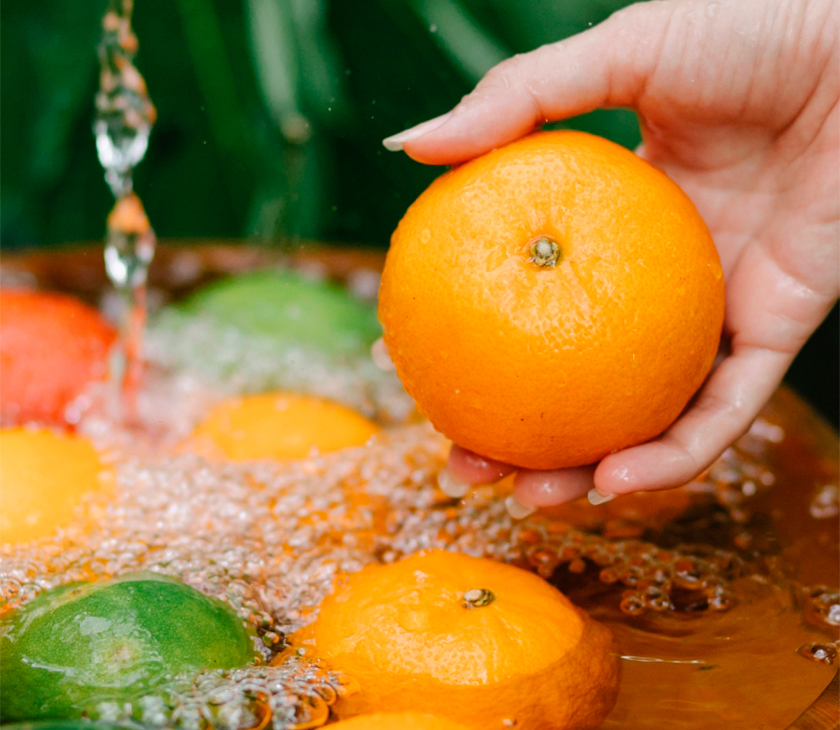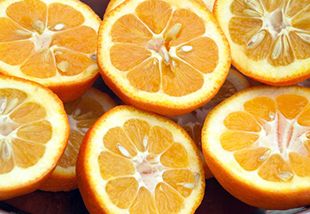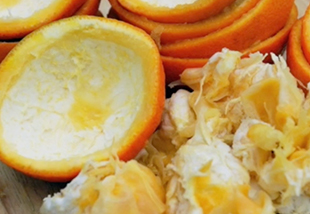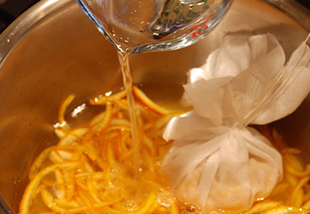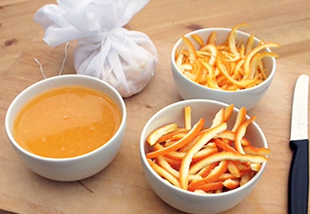Description
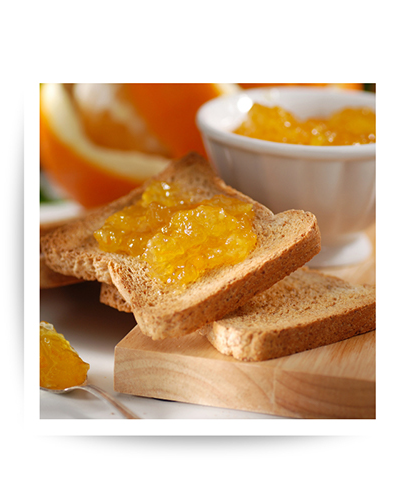
How to Make
Seville Orange Marmalade
By Vivien Lloyd
Ingredients
– 675 g organic bitter oranges (Gospa Citrus)
– 1 large lemon
– 1.75 L of water
– 1.4 kg granulated cane sugar
Steps to Follow
Step 1
Cut the oranges and lemon in half and squeeze them. Pour the juice and water into a large lidded saucepan (6 to 9 liters). Using a small sharp knife, remove the inner membranes of the oranges and finely chop them together with the lemon remains. Do not remove the pith from the oranges. Place the chopped membranes, lemon remains, and seeds into a 36 x 36 cm piece of fine cotton muslin. Tie it with string and add it to the saucepan. Ensure the bag is roomy, not compact, to allow water to penetrate and cook the contents. Finely slice the orange peel and add it to the pan along with 1.75 liters of cold water. Leave the saucepan covered overnight.
Step 2
The next day, bring the covered pot to a boil, reduce the heat, and simmer for two hours. Remove the lid and set it aside. Warm the sugar in an ovenproof container at a low temperature, 140°C / 275°F / Gas 1 for 20 minutes. Remove the muslin bag and pour its liquid back into the pot through a strainer using a large spoon. Ensure the volume in the pot has reduced by one-third.
Step 3
Take the sugar out of the oven and place the clean jars inside the oven to warm. Add the sugar to the saucepan and stir to dissolve. Bring the mixture to a boil and check the setting point after 8 minutes. Dip a large spoon into the marmalade and lift it above the pot, holding it horizontally. The marmalade should drip, then hang from the edge of the spoon. This is called the “flake test.” Alternatively, use a digital thermometer and wait until it reaches 104.5ºC. Turn off the heat and remove the jars from the oven.
Step 4
Let the marmalade cool for 10 minutes. Skim off any foam from the surface with a large metal spoon. Stir the marmalade gently to distribute the peel. Pour it into the jars up to the rim and seal with new twist-off lids. Leave the jars upright and undisturbed until fully set.

Want to buy Gospa Citrus?
